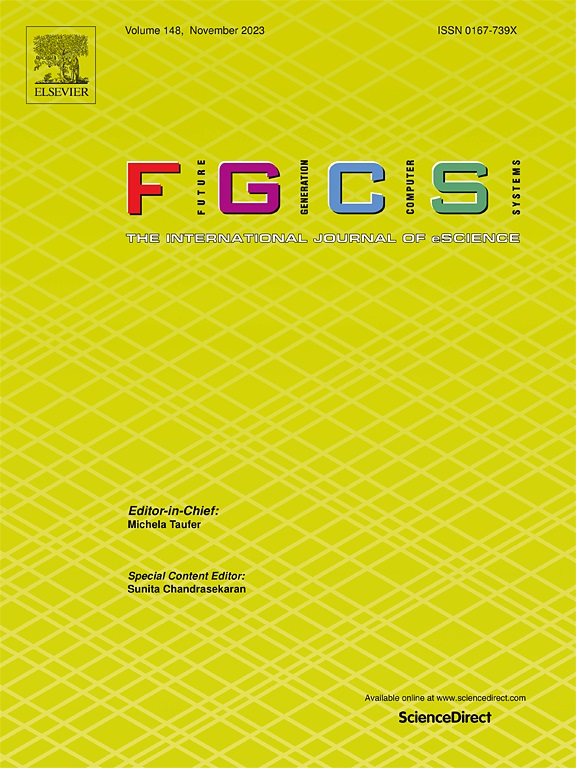MMGCSyn:基于多模态融合的可解释协同药物联合预测
IF 6.2
2区 计算机科学
Q1 COMPUTER SCIENCE, THEORY & METHODS
Future Generation Computer Systems-The International Journal of Escience
Pub Date : 2025-03-01
DOI:10.1016/j.future.2025.107784
引用次数: 0
摘要
联合用药是治疗复杂疾病的有效途径。主要的挑战是如何提高未知药物组合预测任务的模型性能。由于数据集中部分药物被完全排除,模型难以有效提取这些药物的数据特征,影响了模型的准确性和泛化能力。与以往的方法不同,我们提出了一种基于多模态特征融合的可解释协同药物联合预测模型MMGCSyn。过程如下:首先,给定任何(药物,药物,细胞系)三倍。针对药物特征,采用图注意网络提取药物分子图特征,采用可变形卷积网络提取药物摩根指纹特征,采用空间特征重构模块抑制摩根指纹特征冗余。采用多层MLP提取细胞系特征。随后,通过Transformer进行特征融合和预测。我们比较了三种药物联合数据集上现有的五种方法。结果表明,MMGCSyn取得了较好的效果,可以有效地捕获药物分子的化学亚结构。本文章由计算机程序翻译,如有差异,请以英文原文为准。
MMGCSyn: Explainable synergistic drug combination prediction based on multimodal fusion
Synergistic drug combinations are an effective solution for treating complex diseases. The main challenge is to improve the model performance of the unknown drug combination prediction task. Due to some drugs in the dataset being wholly excluded, it is difficult for the model to effectively extract the data features of these drugs, affecting the model’s accuracy and generalization ability. Unlike previous methods, we propose an interpretable synergistic drug combination prediction model, MMGCSyn, based on multimodal feature fusion. The process is as follows: First, given any (drug, drug, cell line) triple. For drug features, a graph attention network is used to extract drug molecular graph features, a deformable convolutional network is used to extract drug morgan fingerprint features and the spatial feature reconstruction module is used to suppress morgan fingerprint feature redundancy. Multi-layer MLP is used to extract the features of cell line features. Subsequently, feature fusion and prediction are performed through Transformer. We compared five existing methods on three drug combination datasets. The results show that MMGCSyn has achieved the best results and can effectively capture the chemical substructures of drug molecules.
求助全文
通过发布文献求助,成功后即可免费获取论文全文。
去求助
来源期刊
CiteScore
19.90
自引率
2.70%
发文量
376
审稿时长
10.6 months
期刊介绍:
Computing infrastructures and systems are constantly evolving, resulting in increasingly complex and collaborative scientific applications. To cope with these advancements, there is a growing need for collaborative tools that can effectively map, control, and execute these applications.
Furthermore, with the explosion of Big Data, there is a requirement for innovative methods and infrastructures to collect, analyze, and derive meaningful insights from the vast amount of data generated. This necessitates the integration of computational and storage capabilities, databases, sensors, and human collaboration.
Future Generation Computer Systems aims to pioneer advancements in distributed systems, collaborative environments, high-performance computing, and Big Data analytics. It strives to stay at the forefront of developments in grids, clouds, and the Internet of Things (IoT) to effectively address the challenges posed by these wide-area, fully distributed sensing and computing systems.

 求助内容:
求助内容: 应助结果提醒方式:
应助结果提醒方式:


